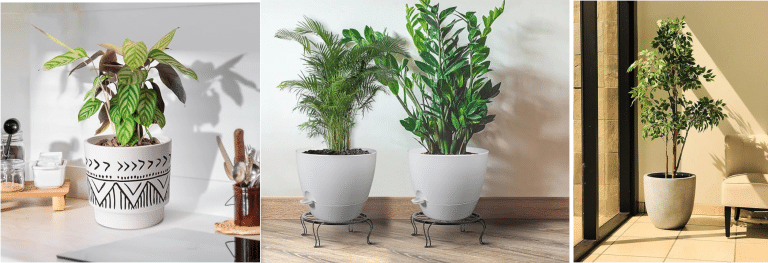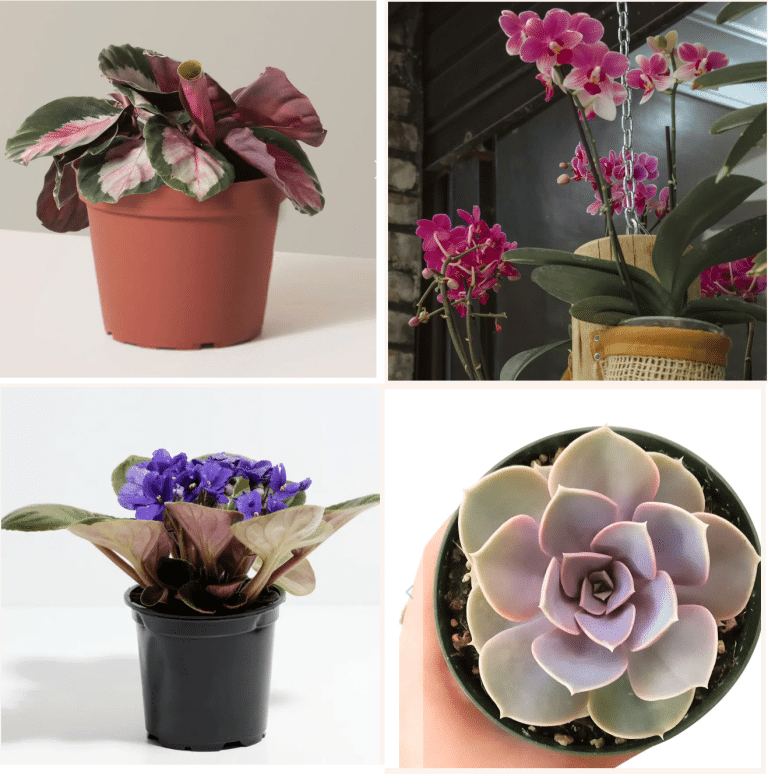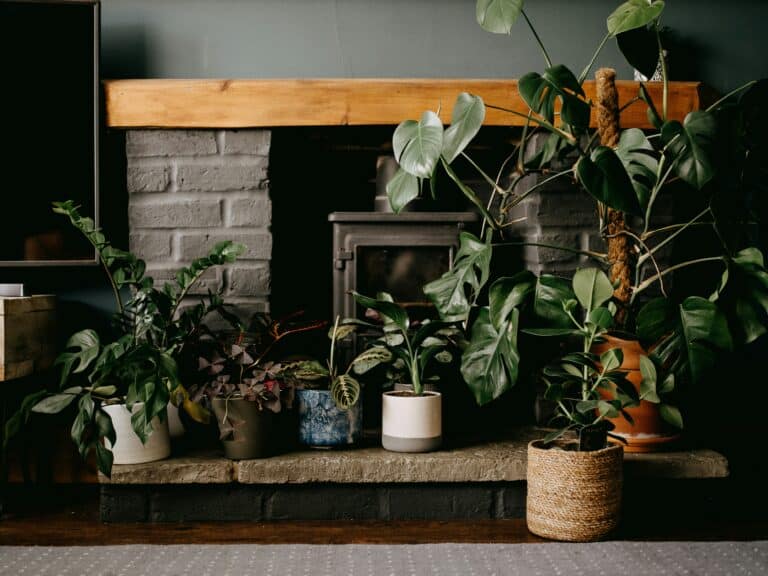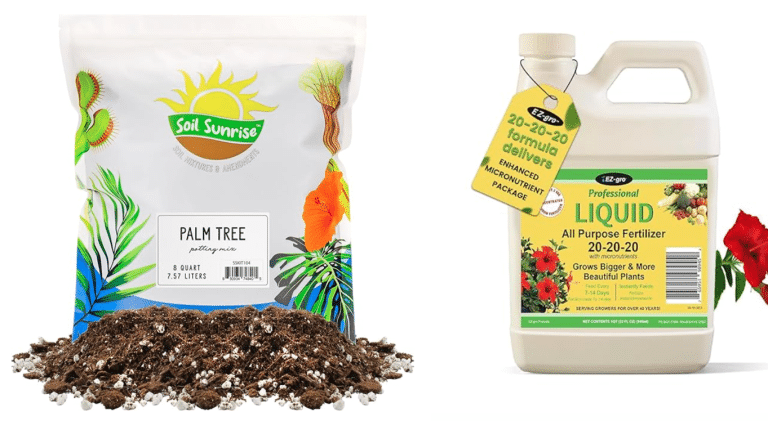5 Pet Safe Low Light Indoor Trees (& Where to Buy!)
Explore our curated list of best pet safe low light indoor trees, grown in our Brooklyn community home. Discover the care and maintenance tips, along with how to decorate them in your home!
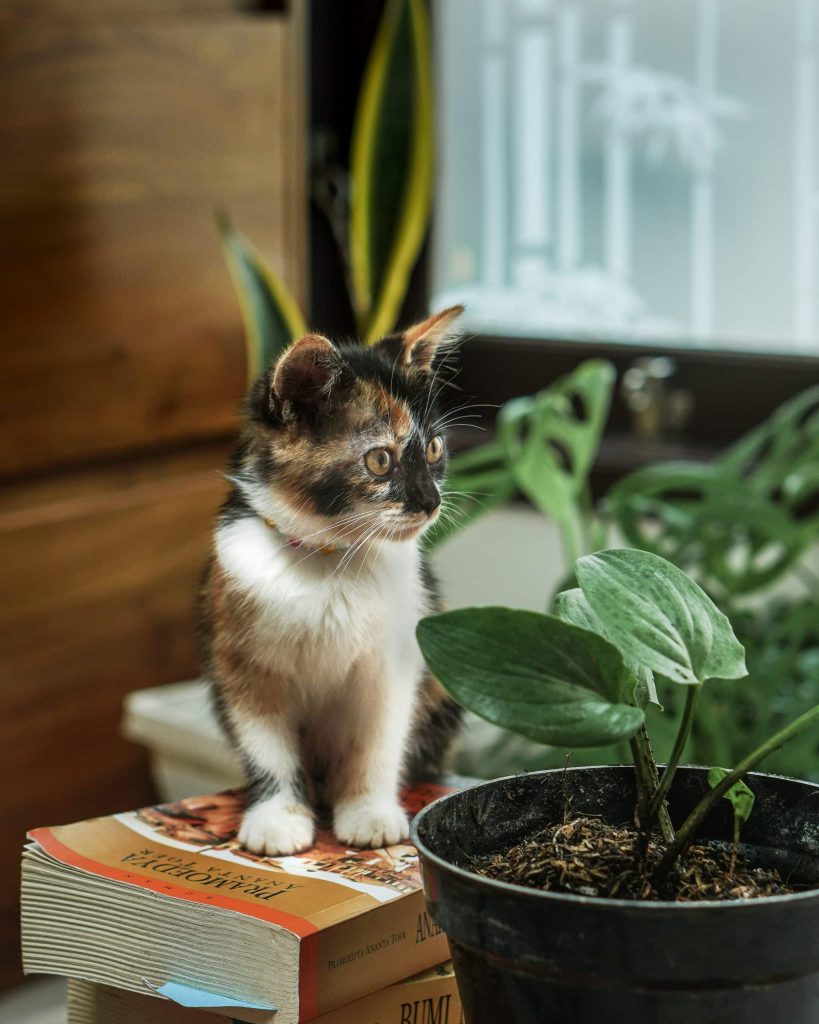
When you purchase through links on our site, we may earn an affiliate commission, which helps sustain our blog!
Want to add lush greenery to your home but worried about your pets? We get it— we have two furry cats roaming in our Brooklyn community home, and many common houseplants are toxic to cats and dogs. But don’t worry! There are several stunning indoor trees that thrive in low light and are completely pet-safe. Let’s explore these trees below!
Read also: 15 Indoor plants not toxic to cats!
Summary:
What are the best pet safe low light indoor trees?
Best pet safe low light indoor trees are: Areca Palm, Lady Palm, Cast Iron Plant, Money Tree, Bamboo palm. These are easy to care and thrive in typical home environments!
Snapshot of our Top 3 picks(Swipe left)
1. Cast Iron plant
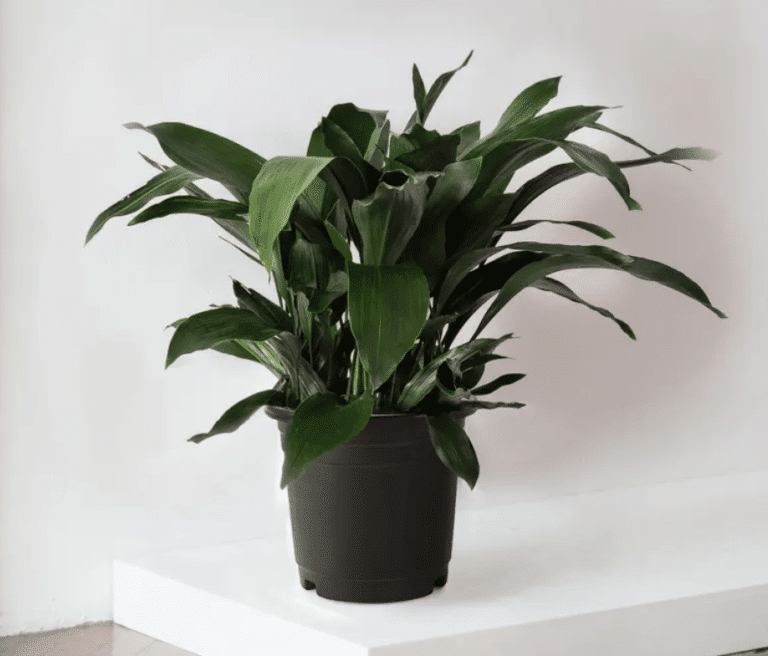
2. Money Tree
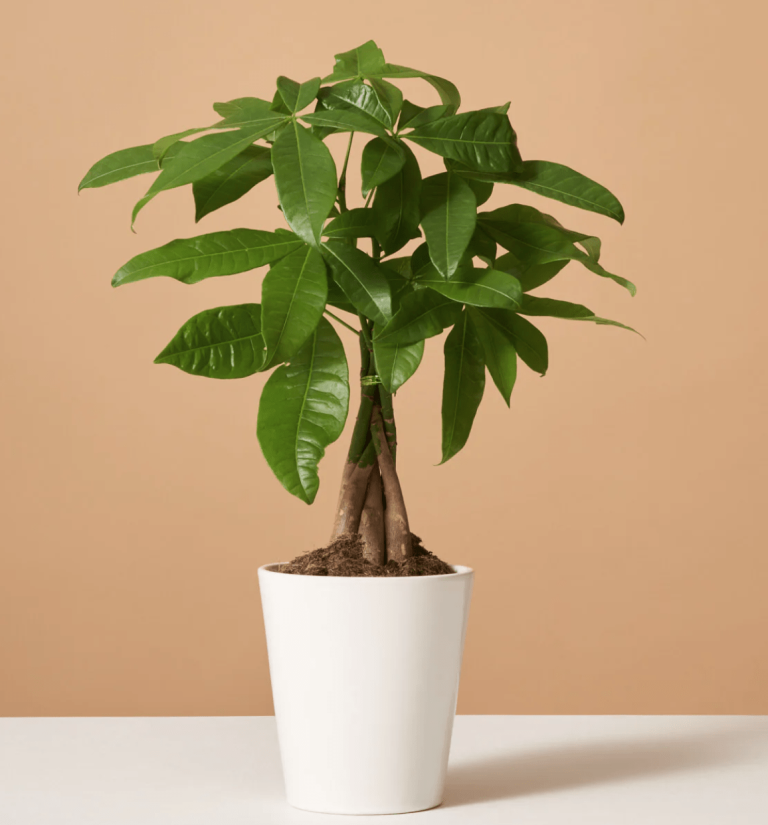
3. Areca Palm
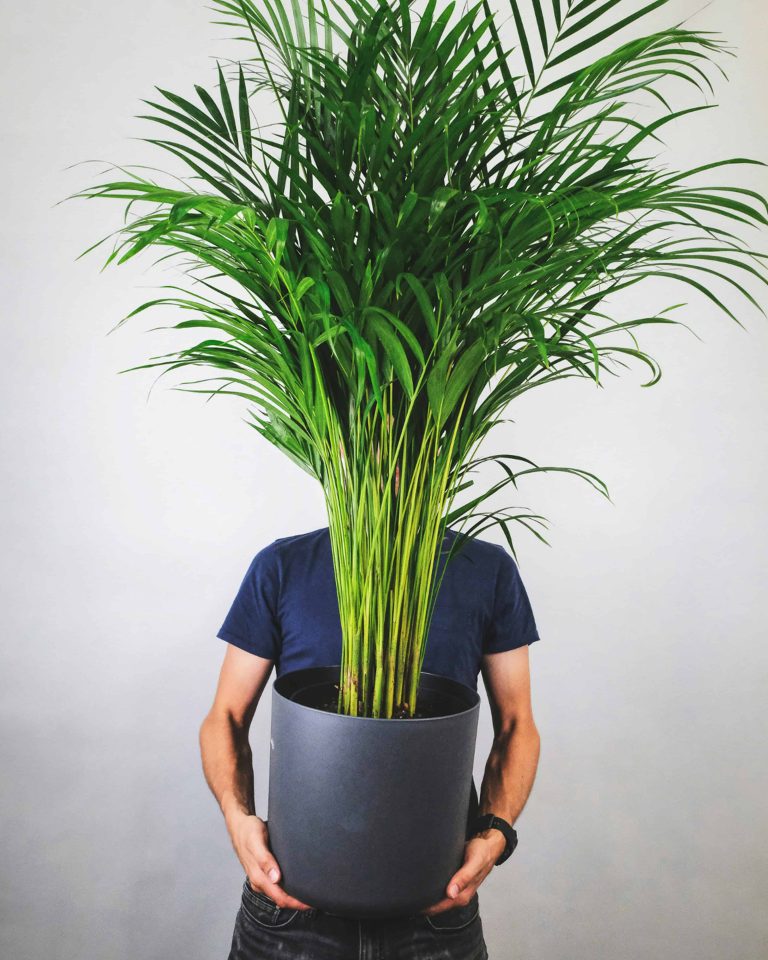
Here are our 5 pet safe low light indoor trees
1. Areca Palm
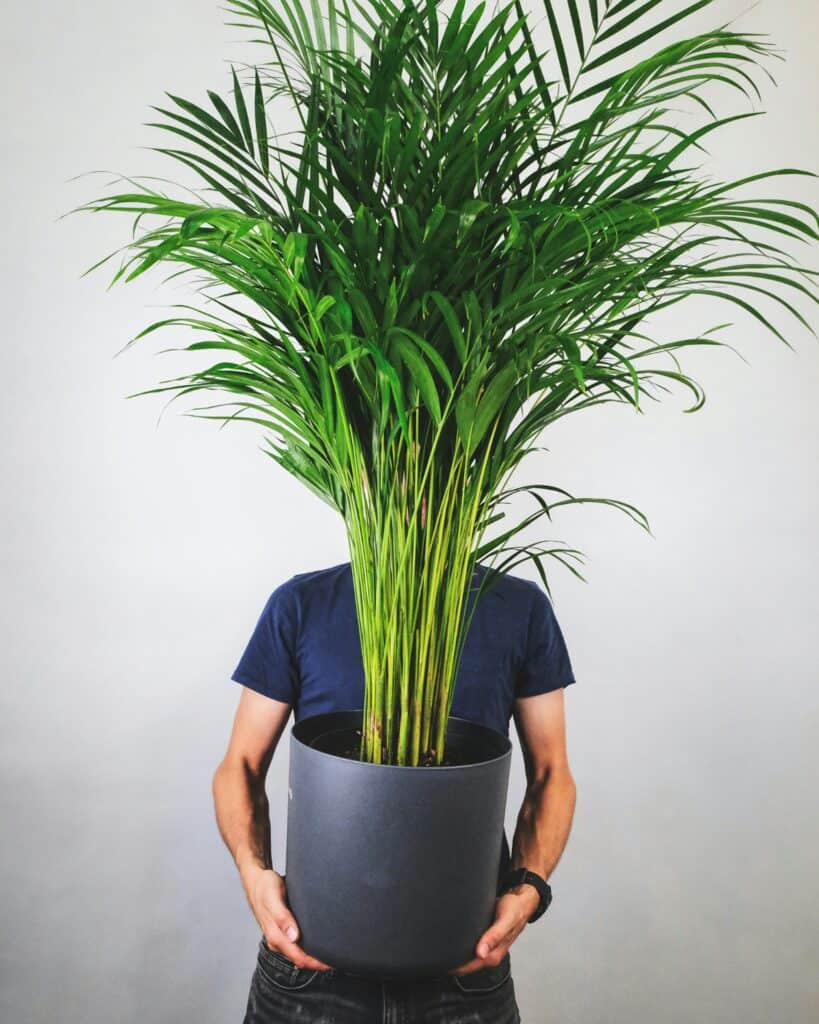
Pet safe
Low light
Grows upto 12 feet
East/west facing windows
Pet safe
Low light
grows to 12 feet
East/West facing windows
The Areca Palm (aka Dypsis lutescens), belonging to the Arecaceae family, is a tropical tree with feathery, arching fronds, each adorned with numerous slender leaflets, creating a soft, tropical ambiance!
We’ve placed ours in the east-facing reading room, where it receives gentle morning sunlight. A ceramic planter complements its elegant foliage, adding a touch of sophistication.
Care tip:
- Thrives in bright, indirect light. Water it when the top inch of soil feels dry — usually every 1-2 weeks.
- Drooping leaves signal overwatering or insufficient light. Consider misting it occasionally or placing a humidifier nearby to mimic its tropical origins.
Propagation tip:
- Separate one of the offshoots with its own roots and plant into potting soil. Water regularly to keep the soil moist, and place it in bright, indirect light. Root development for the new plant can take several weeks, unfortunately.
Symbolism and zodiac signs:
- The Areca Palm symbolizes peace and prosperity – apt for Libra’s appreciation for harmony and beauty in their environment.
Pros and cons
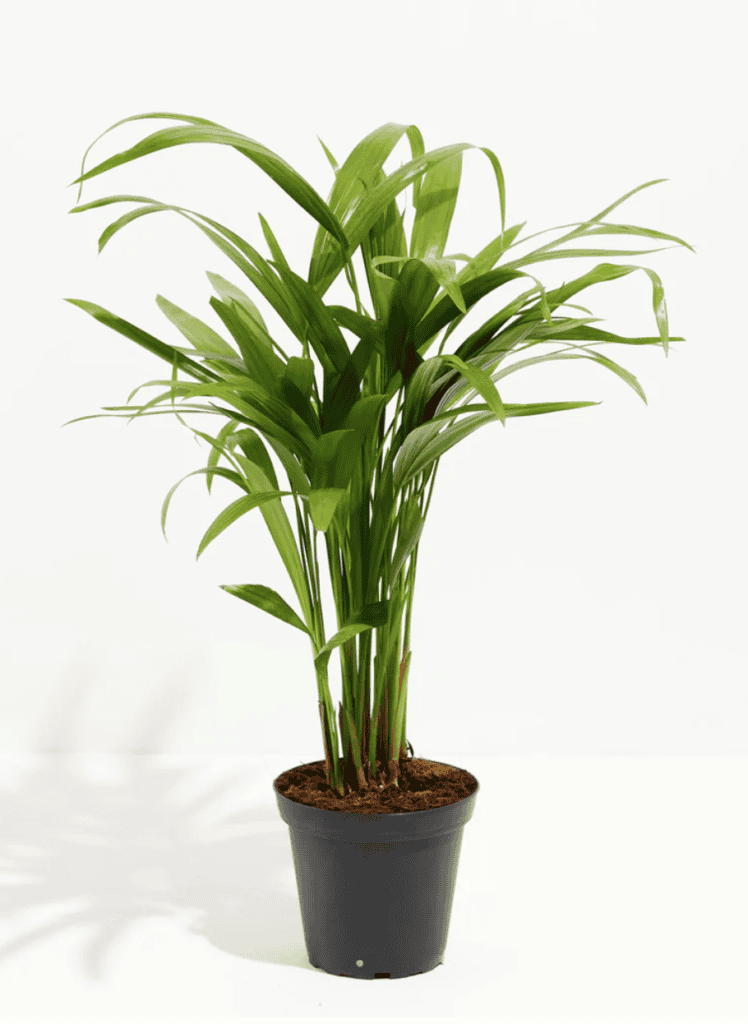
($43)
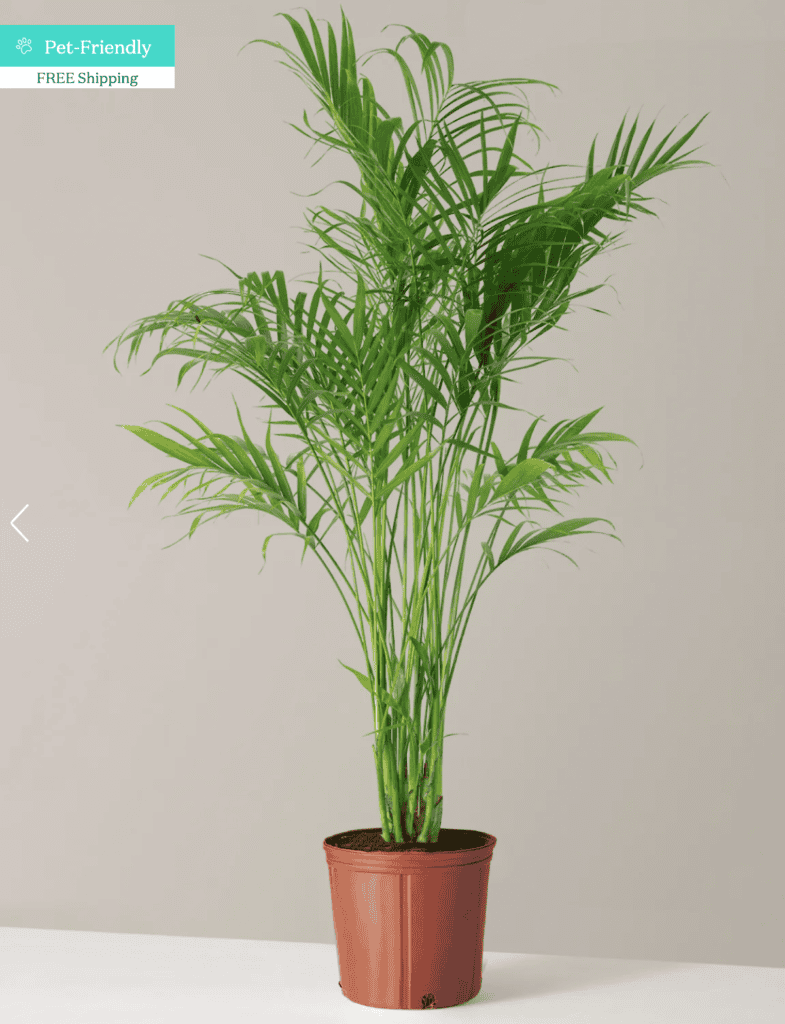
($98)
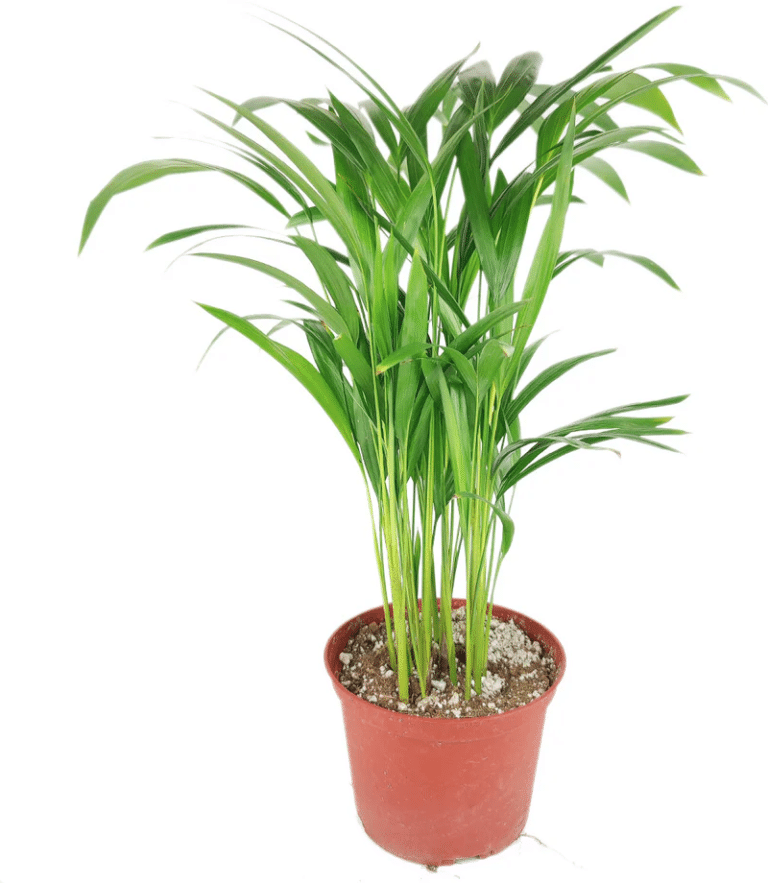
($49)
$41
“Easy to care for and looks tropical and fantastic. It’s a great addition to my home office”
2. Cast Iron Plant
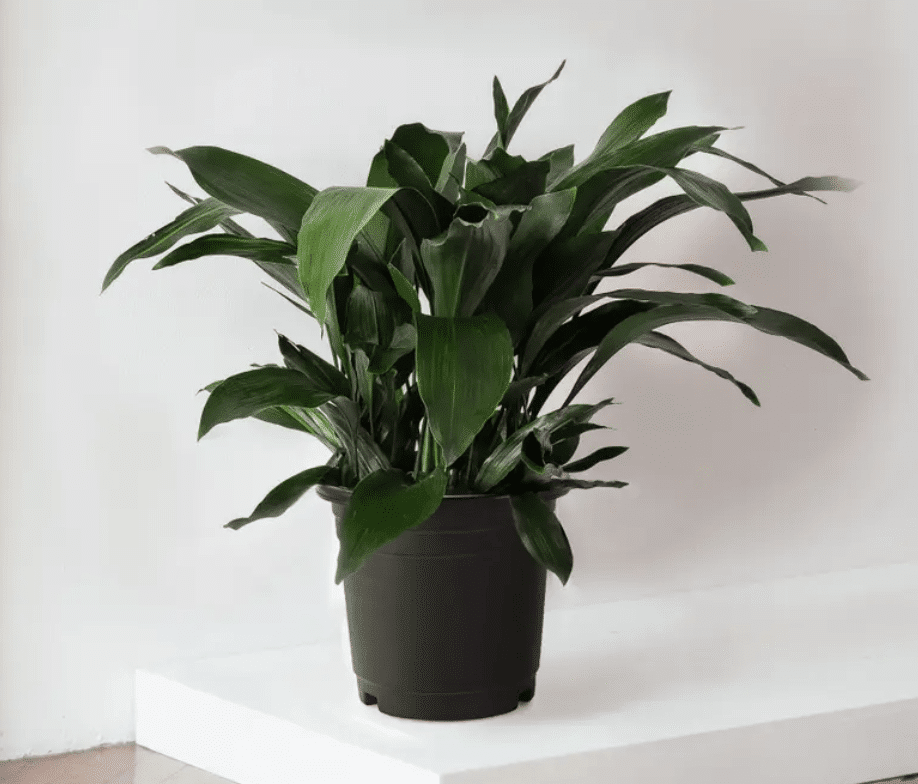
Pet safe
low light
Grows upto 2 feet
North facing windows
Pet safe
Low light
grows to 2 feet
North facing windows
The Cast Iron Plant (aka Aspidistra elatior), from the Asparagaceae family, has broad, glossy, dark green leaves rise gracefully from the soil, providing a lush, tropical feel. This plant thrives in low-light conditions and is highly tolerant of neglect.
We’ve positioned ours in the dining room on the first floor, where natural light is limited. Our black ceramic planter complements its robust nature!
Care tip:
- Thrives in low to medium light and needs watering only when the top inch of soil is dry — about every 2-3 weeks.
- Watch for yellowing leaves that can indicate overwatering. This is a hardy plant 🙂
Propagation tip:
- Divide the root clump with at least 2-3 leaves and healthy roots, and then plant divisions in well-draining potting soil.
- Keep in low to medium light.
- Watering only when the top inch of soil is dry. New growth will appear in a few weeks.
Symbolism and zodiac signs:
- The Cast Iron Plant symbolizes endurance and resilience — it ideal for Capricorns who value perseverance and stability
Pros and cons
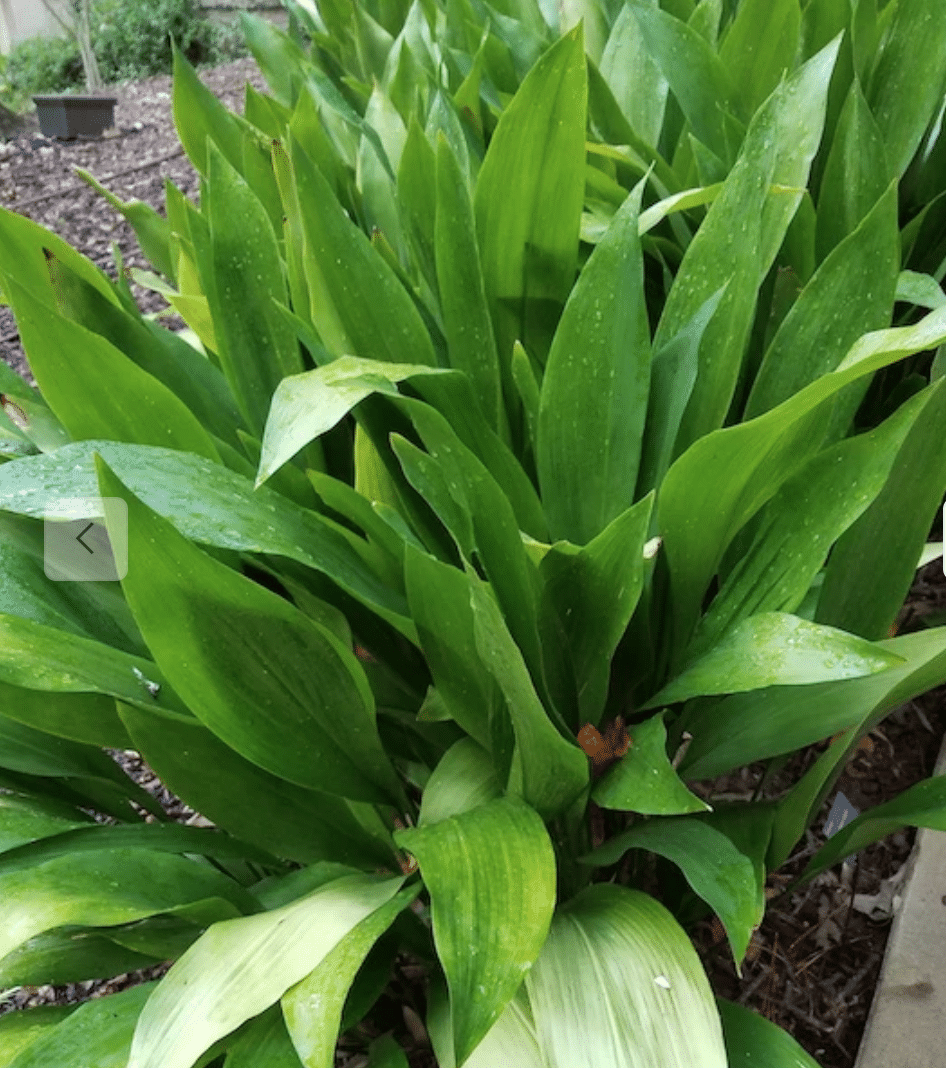
($49)
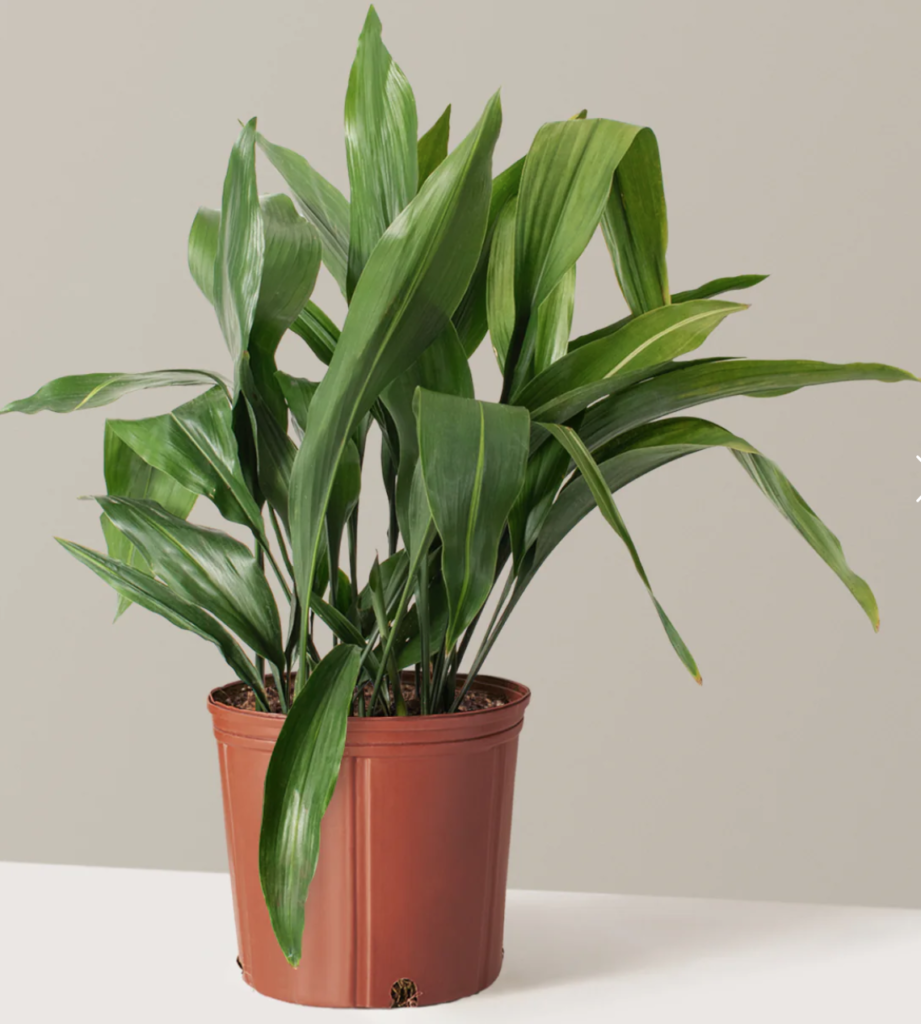
($78)
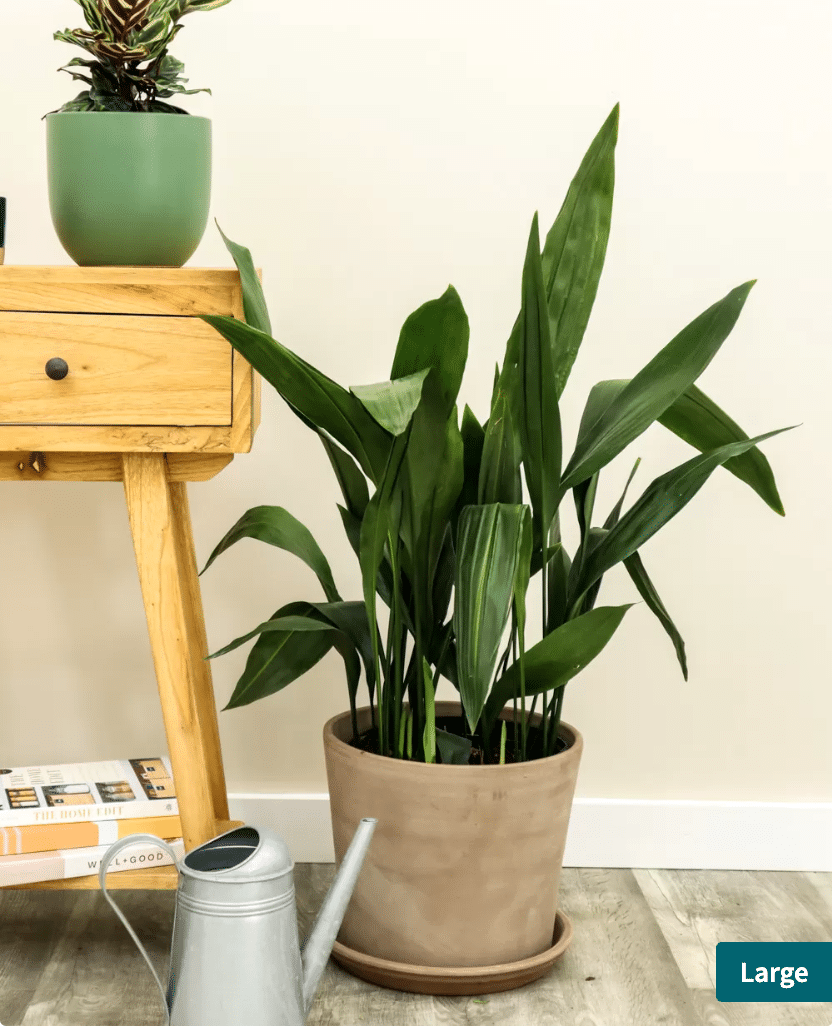
($90)
$44
“The Cast Iron Plant is perfect for anyone who wants a hardy, low-maintenance plant. Mine arrived in perfect condition and looks great” – thesill.com customer
3. Money Tree
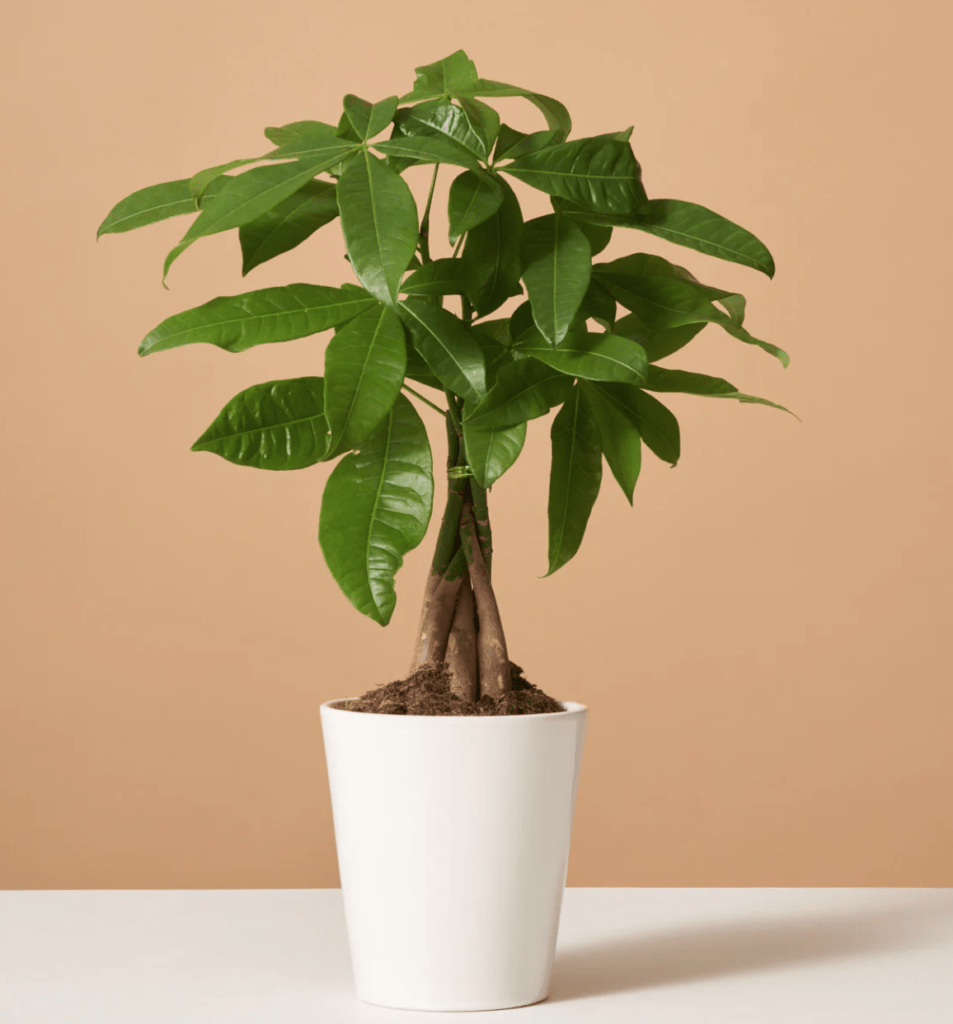
Pet safe
low light
Grows upto 8 feet
North/west/east facing windows
Pet safe
low light
grows to 8 feet
North/West/East facing windows
The Money Tree (aka Pachira aquatica), part of the Malvaceae family, has glossy, palmate leaves and often braided trunk add a touch of artistry to our decor.
We’ve placed ours in the west-facing living room on the first floor, where it enjoys afternoon light. A self-watering planter is probably best for this plant since it needs consistent moisture. Though ours is in the terracota pot which is probably the next best hings for this plant! 🙂
Care tip:
- Aim to water it every 1-2 weeks, allowing the soil to dry out slightly between waterings.
- Keep an eye out for yellowing leaves, which might indicate overwatering.
- A standout feature of this plant is its braided trunk that helps the tree store moisture, so occasional neglect in watering is often forgiven 🙂
Propagation tip:
- Select a healthy stem and cut a 6-inch piece just below a leaf node.
- Remove the leaves near the cut to prevent rotting.
- Place the stem in a glass of water, ensuring no leaves are submerged.
- Refresh the water weekly and keep the glass in a spot with indirect sunlight. Roots typically appear in about 4 weeks
Symbolism and zodiac signs:
- Symbolizes prosperity, good fortune, and financial success. Capricorns, known for their practicality, patience, and ambition, are particularly well-suited to nurture this plant.
Pros and cons
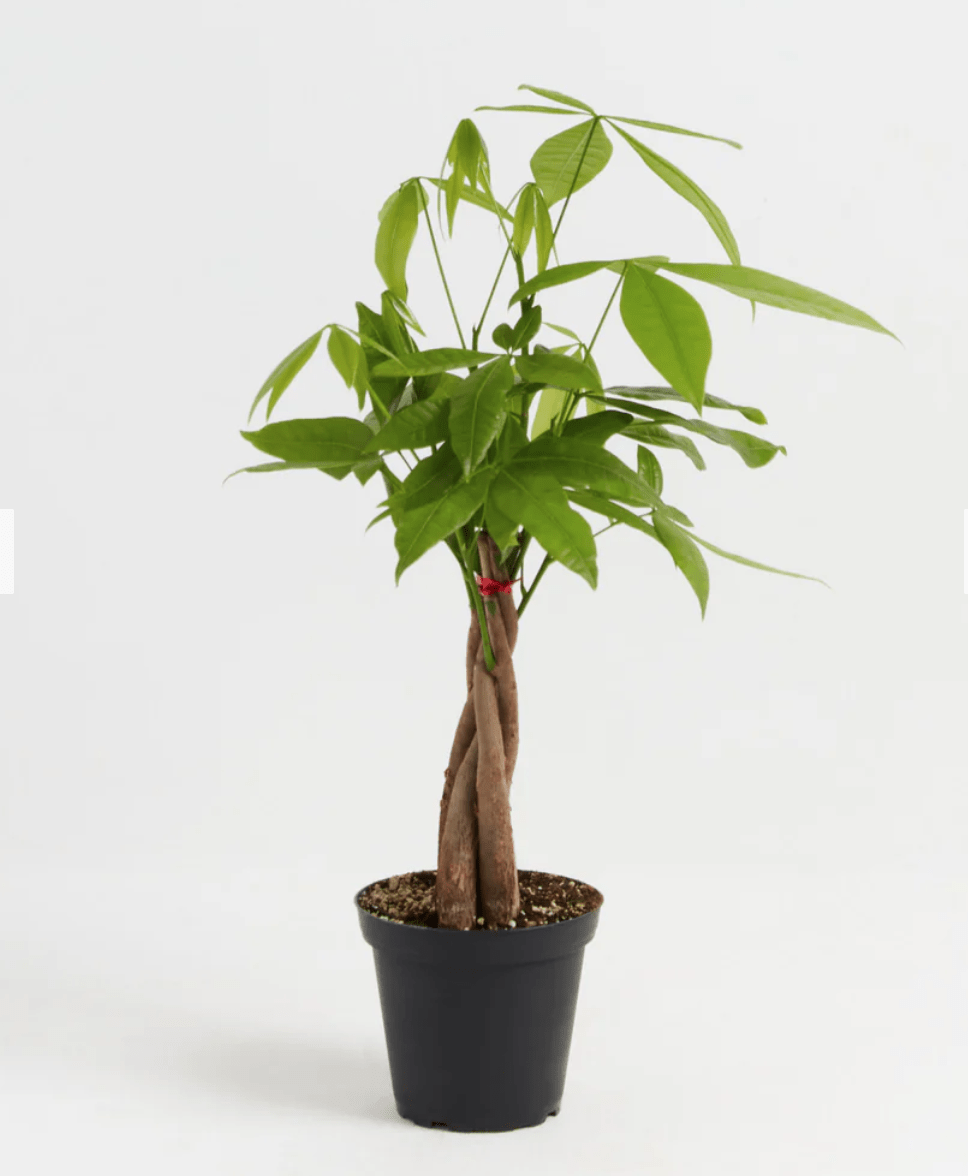
($43)
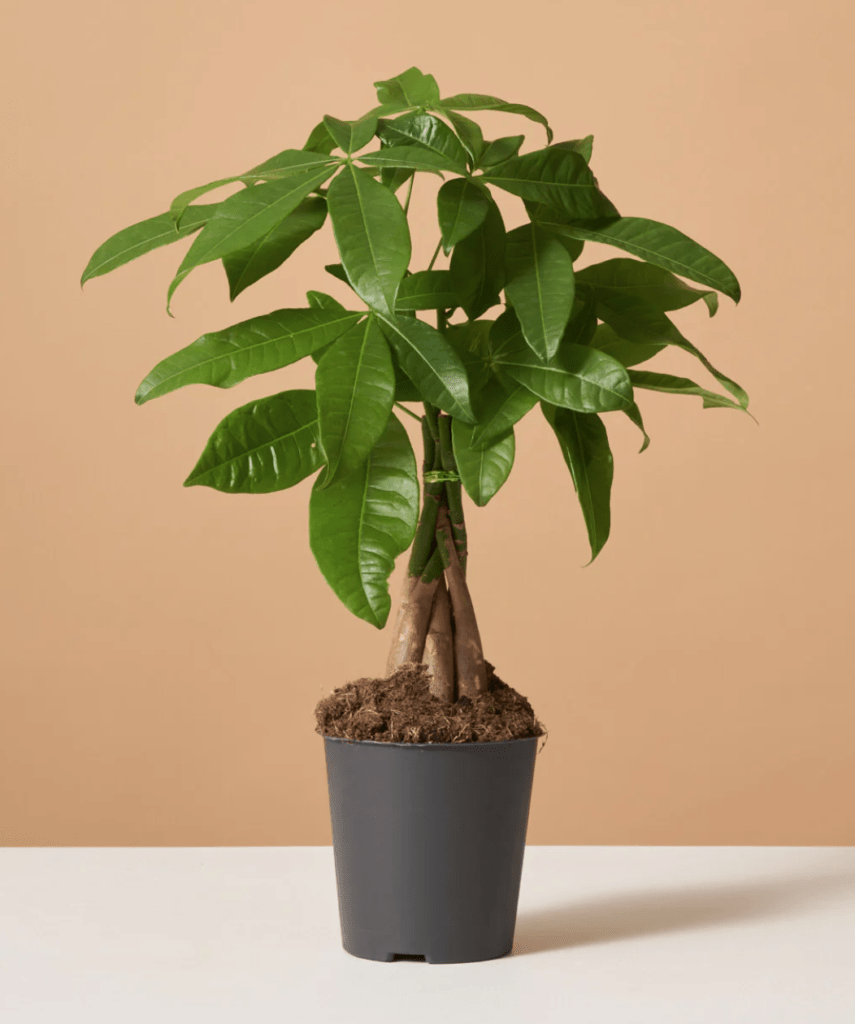
($48)
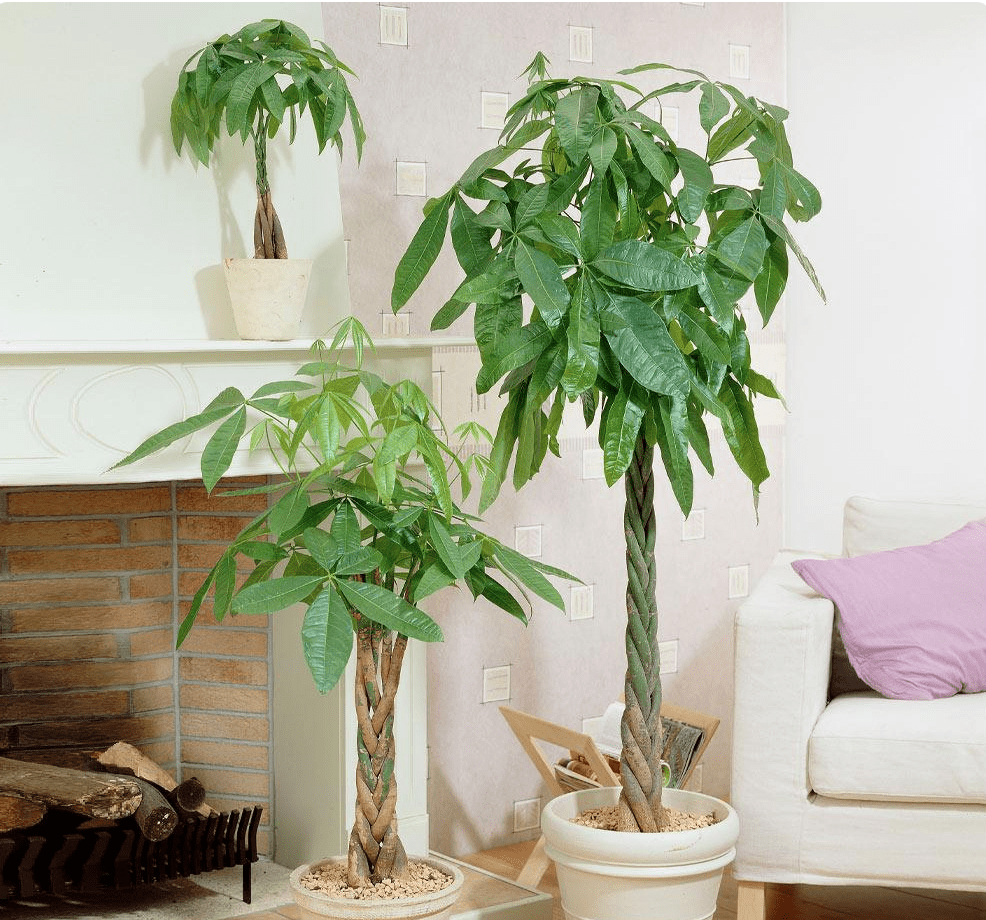
($39)
$33
“For over five years, this plant has been such a resilient and forgiving addition to my living room”
4. Parlor Palm

Pet safe
low light
Grows upto 6 feet
east/north windows
Pet safe
low light
grows to 6 feet
East/North facing windows
The Parlor Palm (aka Chamaedorea elegans), also a member of the Arecaceae family, is cherished for its resilience and charm. Its delicate, dark green fronds arch gracefully from slender stems, bringing a touch of understated elegance.
We’ve placed ours in a north-facing bedroom on the third floor, where it adds life to the subdued lighting. A terracotta pot enhances its natural appeal!
Care tip:
- Water it moderately—allow the topsoil to dry out between waterings.
- It’s important to avoid overwatering to prevent root rot
- Keep an eye out for drooping or yellowing leaves which can indicate that the plant is either too dry or too wet
Propagation tip:
- Sow the seeds in a well-draining potting mix, barely covering them with soil.
- Keep the soil consistently moist and in a warm environment: germination can take several months.
Symbolism and zodiac signs:
- Symbolizes peace and tranquility, making it an excellent plant for creating a serene environment. Taurus, a zodiac sign known for its love of stability and natural beauty
Pros and cons
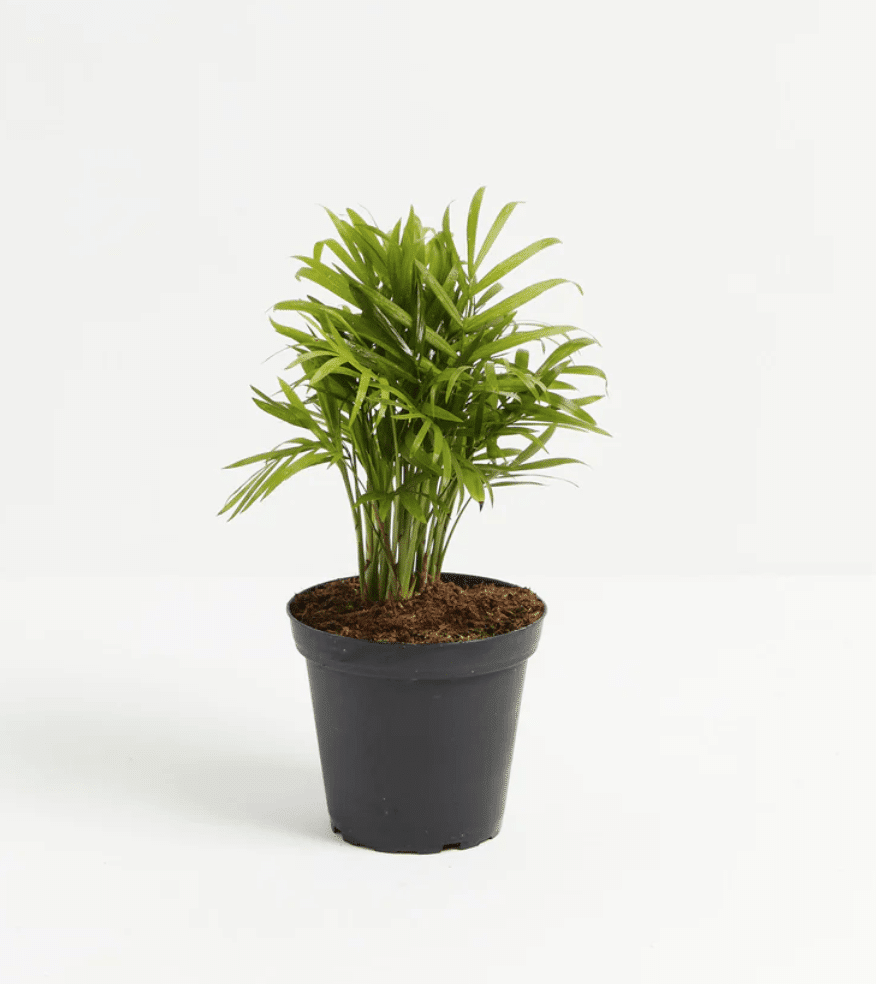
($43)
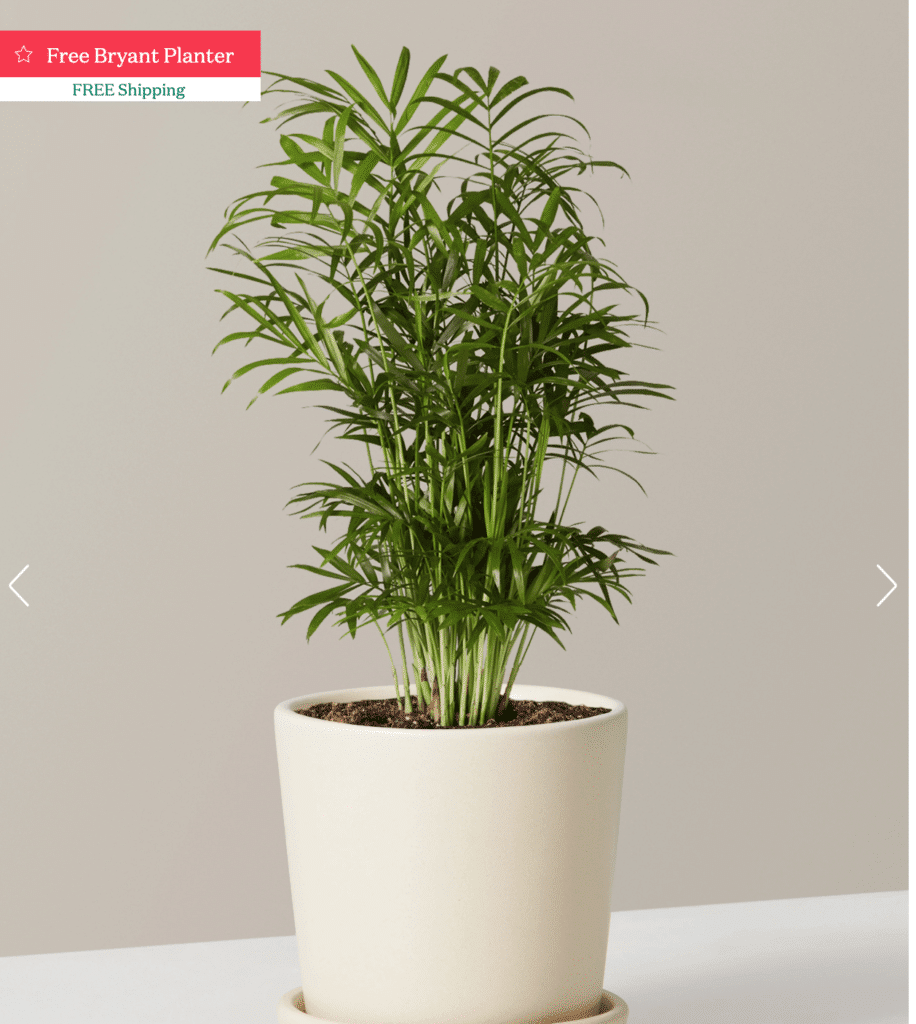
($38)
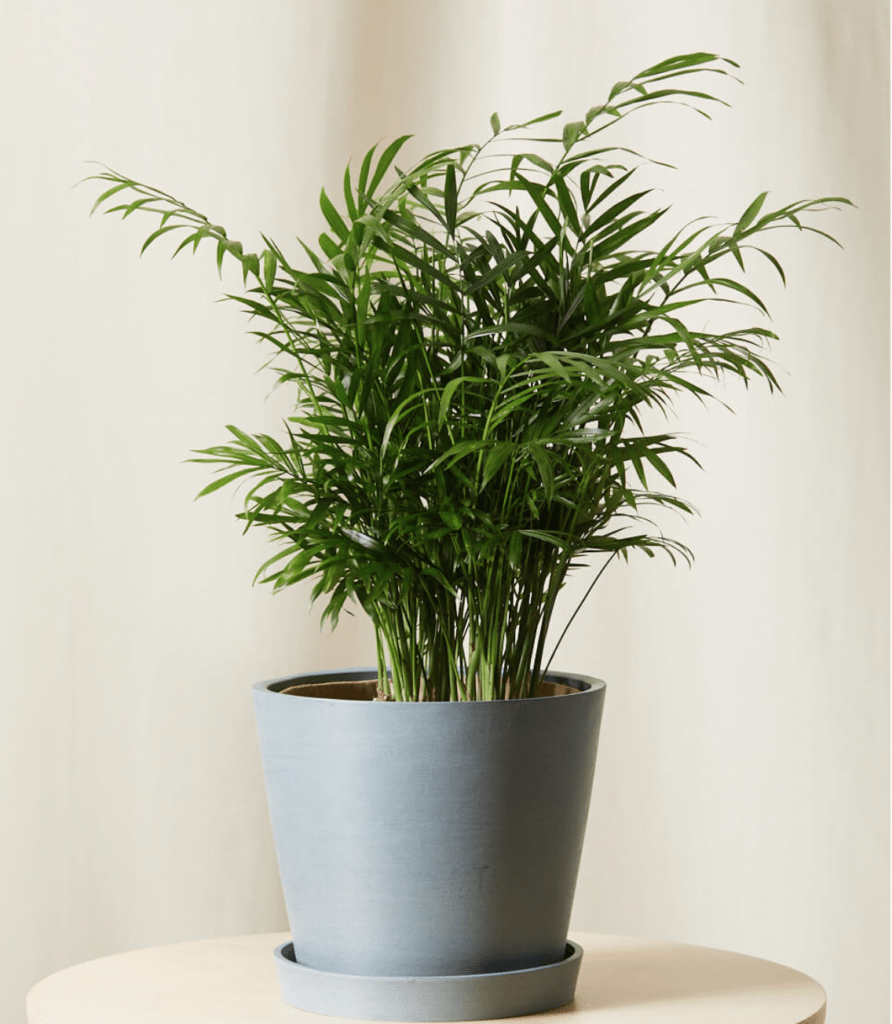
($35)
$28
“For over five years, this plant has been such a resilient and forgiving addition to my living room” – TheSill customer
5. Bamboo Palm

Pet safe
low light
Grows upto 4-12 feet
East/West facing windows
Pet safe
Low light
grows to 12 feet
East/West facing windows
The Bamboo Palm (aka Chamaedorea seifrizii), another member of the Arecaceae family, has slender, cane-like stems and feathery fronds create a light, airy aesthetic. We’ve placed ours in an east-facing bedroom on the second floor, where it receives gentle morning light. Our handmade fabric pot enhances its casual elegance.
Care tip:
- Water when the top inch of soil feels dry, usually every 1-2 weeks.
- Soil should drain well to prevent root rot. Yellowing leaves indicate overwatering.
Propagation tip:
- Remove a clump with 2-3 stems and roots.
- Plant it in well-draining soil mixed with (ideally) perlite.
- Keep the soil moist, and place it in bright, indirect light. Roots come in 4-6 weeks!
Symbolism and zodiac signs:
- Symbolizes good luck, prosperity, and resilience. Ideal for Capricorns who appreciate its hardworking and enduring nature
Pros and cons

($43)

($38)

($35
$28
“This plant is a bit finicky but looks stunning when healthy. It’s definitely a statement piece”
Why Choose Pet-Safe Low Light Indoor Trees?
Preventing Health Risks for Your Pets
Many of the most popular houseplants—like Fiddle Leaf Figs, Rubber Plants, and Dracaena—are toxic to cats and dogs. Even a small nibble can lead to vomiting, drooling, or worse. And let’s be honest, no matter how well-trained your pet is, they’re curious little troublemakers. Some cats love to chew on leaves, and certain dogs think everything is a snack. That’s why picking non-toxic, pet-safe trees is one of the easiest ways to keep your furry friend out of harm’s way.
Perfect for Apartments & Low-Light Rooms
Not everyone has a sun-drenched living room with huge windows—most of us have a few dim corners where plants struggle to survive. That’s where low-light indoor trees shine (well, metaphorically). They don’t need direct sunlight and can happily grow in apartments, offices, and low-lit bedrooms. Parlor Palms, Money Trees, and Cast Iron Plants are some of the best picks because they thrive in low light and don’t need constant attention.
Low Maintenance & Air-Purifying Benefits
Let’s be real—some of us are great at watering plants, and some of us…not so much. Ask us, we are eight of us living in a brooklyn brownstone and lets just say our watering habits are diverse 🙂 If you forget to water occasionally, you won’t kill a Cast Iron Plant or a Parlor Palm. These trees don’t demand much—just occasional watering and some love every now and then.
Plus, indoor trees help clean the air, removing toxins like formaldehyde and benzene. That’s not just good for us, but also for our pets, who spend most of their time indoors breathing the same air. A cleaner environment means happier, healthier humans and animals alike.
Common Concerns for Pet Owners About Indoor Trees
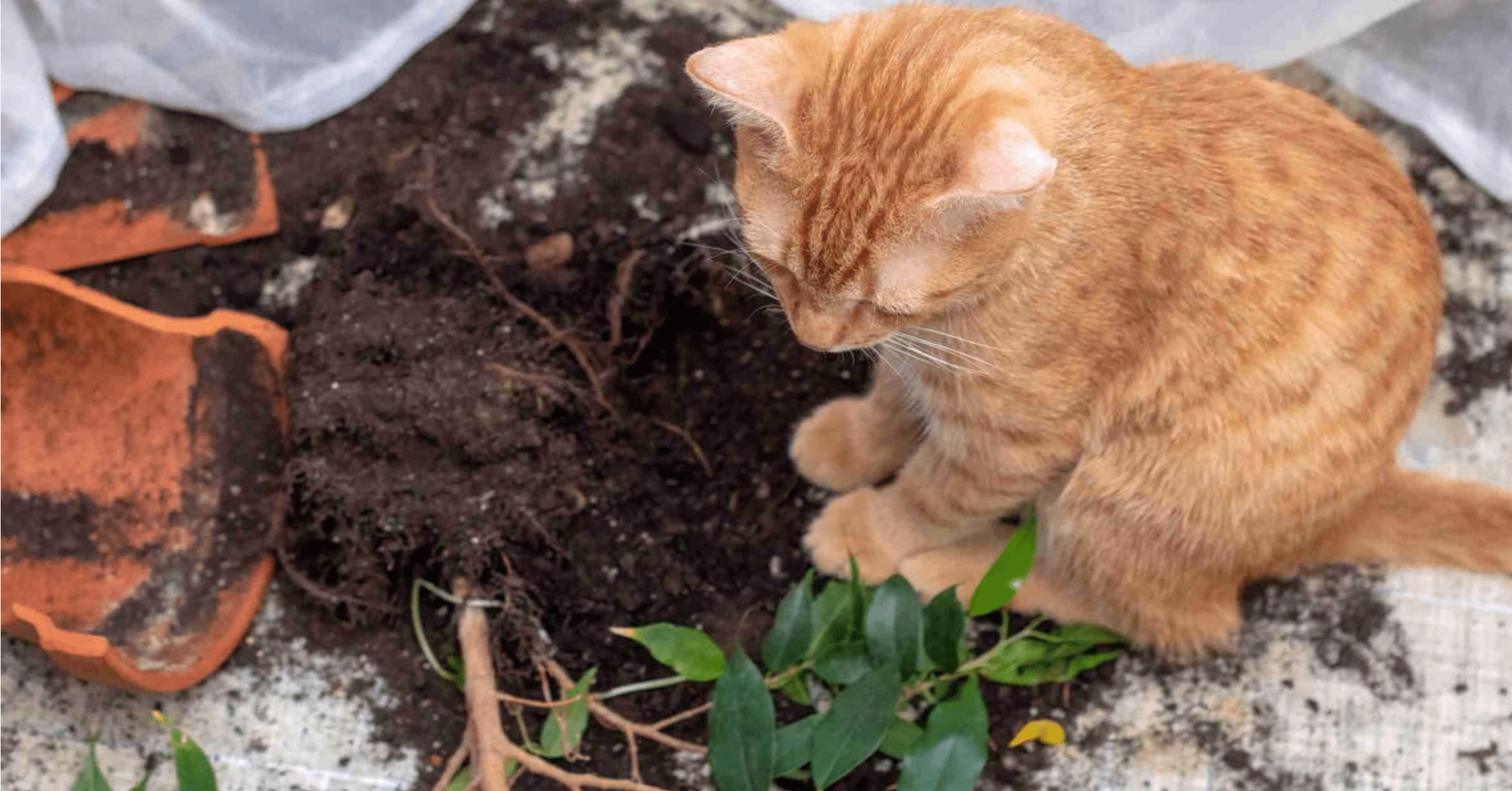
Can My Pet Knock Over My Indoor Tree?
- Yes, pets—especially curious cats and energetic dogs—can tip over indoor trees.
- Solution: Use heavy-bottomed pots or place the plant in a corner against a wall for stability.
- For larger plants: Secure them with a plant stand or decorative basket to reduce the risk of tipping.
Read also: our favorite pots for low light indoor trees
Are Fallen Leaves Harmful to Pets?
- Even from pet-safe trees, ingesting large amounts of leaves may cause mild digestive upset.
- Solution: Regularly prune, trim, and clean up fallen leaves to prevent accidental ingestion.
- If your pet chews excessively, move the tree to a less accessible area.
Will My Pet Pee in the Plant Soil?
- Some pets, especially dogs and cats, may see plant soil as a litter box substitute.
- Solutions:
- Cover soil with large pebbles, bark, or decorative stones.
- Use a deterrent spray with pet-safe essential oils like citrus or vinegar.
- Ensure your pet has frequent potty breaks or a clean litter box to reduce accidents.
What If My Pet Climbs My Indoor Tree?
- Cats love climbing, and smaller dogs may jump onto pots.
- Solution:
- Place the tree in a low-traffic area or behind furniture.
- Use double-sided tape or pet deterrent mats near the base to discourage climbing.
- Offer cat trees, scratching posts, or climbing shelves to redirect their energy.
Read also: our guide to styling low light trees.
Do Indoor Trees Attract Pests That Could Harm My Pet?Fungus gnats, spider mites, and scale insects can infest indoor trees and may irritate pets.
- Prevention & Solutions:
- Use sticky traps or neem oil to control pests naturally.
- Improve air circulation and avoid overwatering, which attracts gnats.
- Wipe leaves with a damp cloth to keep pests away.
Are Fertilizers and Plant Food Safe for Pets?
- Many liquid fertilizers and plant foods contain chemicals that are toxic to pets.
- Safe Alternatives:
- Use organic, pet-friendly fertilizers like compost tea, banana peels, or diluted fish emulsion.
- Avoid slow-release chemical fertilizers, which can be dangerous if pets chew the soil.
- Store all fertilizers out of reach and wash your hands after handling them.
Read also: our favorite soil and fertilizers for low light indoor trees
Low-Light Indoor Trees to Avoid (Toxic to Pets!)
- Fiddle Leaf Fig (Ficus lyrata) – Toxic to cats and dogs if ingested.
- Rubber Plant (Ficus elastica) – Causes irritation and digestive issues.
- Dracaena Species (Dracaena spp.) – Harmful to pets, causing vomiting and drooling.
- Corn Plant (Dracaena fragrans) – Common but toxic to pets.
- ZZ Plant (Zamioculcas zamiifolia) – Popular for low light but mildly toxic to pets.
Conclusion
Adding greenery to your home doesn’t have to put your pets at risk. With pet-safe low light indoor trees like Parlor Palm, Money Tree, and Cast Iron Plant, you can enjoy a lush indoor garden without worry!

